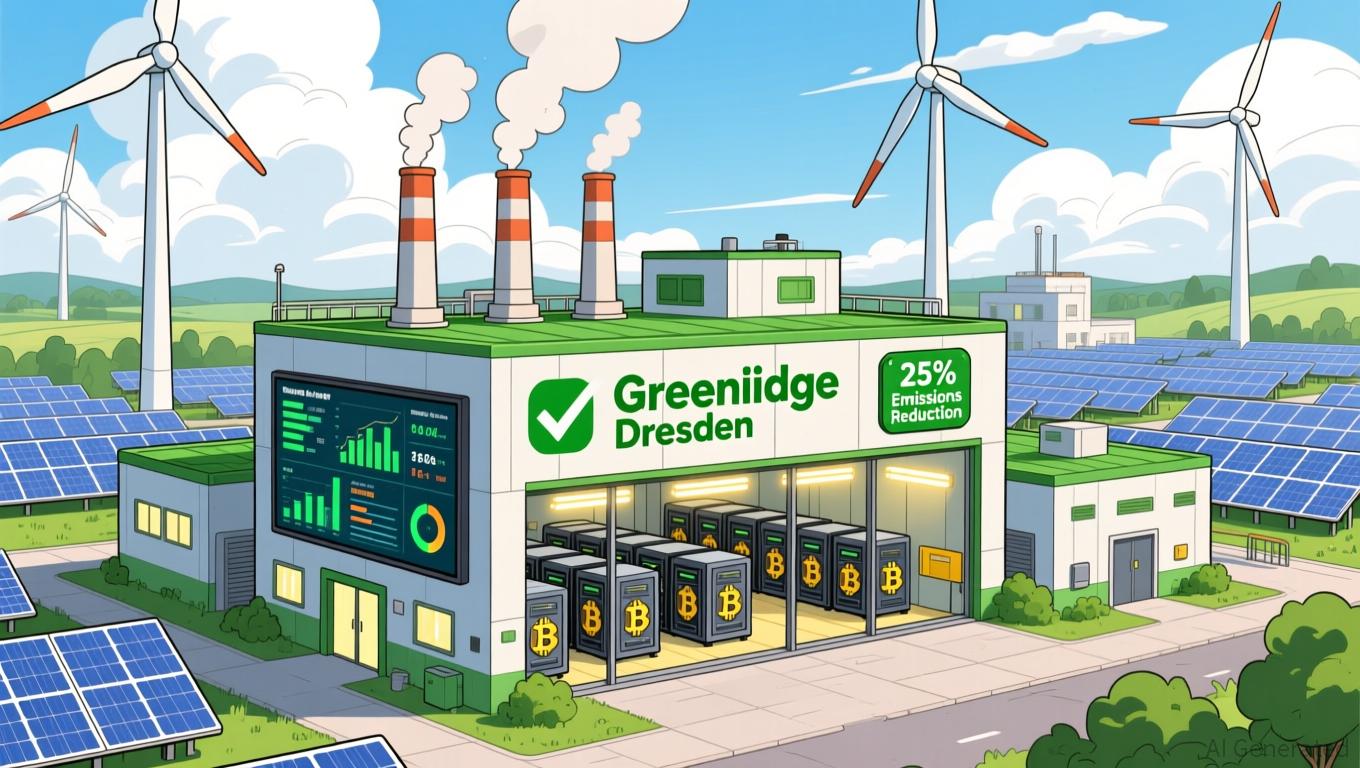Fed Faces a Pivotal Choice: Managing Liquidity or Controlling Inflation
- Fed may expand balance sheet to address liquidity needs amid shrinking reserves, signaling potential end to 3-year QT program. - Officials pause QT as $6.6T reserves deemed "somewhat above ample," but warn of risks from inflation above 2% target and market volatility. - Governor Mester cautions against aggressive rate cuts, citing economic rebound risks and fiscal/regulatory factors boosting 2026 growth outlook. - External pressures including government shutdown delays and stablecoin demand growth compli
The Federal Reserve is at a critical crossroads as it works to strike a balance between ensuring sufficient liquidity and keeping inflation in check. In a recent speech, John Williams, President of the New York Fed, discussed the possibility that the central bank could soon move to increase its balance sheet—a step that would mark a departure from its prolonged period of quantitative tightening (QT).

The Fed’s recent decision to halt QT, announced last week, signals its view that current reserve levels are adequate to keep money markets steady without providing too much stimulus. Williams stated that the three-year process of reducing the balance sheet “has gone as planned,” but he also emphasized the need to keep a close watch on market shifts to identify when reserves might reach “ample” territory
Elsewhere, Federal Reserve Governor Loretta Mester has urged caution regarding aggressive rate cuts in December, suggesting that the economy is set for a recovery in early 2026. Mester cited factors such as government spending, regulatory adjustments, and the delayed impact of earlier rate hikes as key influences. However, she cautioned that further rate reductions could risk overheating the economy, especially since inflation remains above the Fed’s 2% goal. Her remarks reflect a broader hesitancy among policymakers, who have indicated a preference for a gradual approach to loosening policy
The Fed’s efforts are further complicated by outside influences, including geopolitical tensions and unpredictable markets. For example, the recent U.S. government shutdown interrupted the release of economic data, making the Fed’s policy decisions more challenging. Analysts at First Abu Dhabi Bank observed that such disruptions could prompt the Fed to postpone rate cuts in December to maintain its policy credibility
Market responses to these developments have been varied. While the Fed’s pause in QT has brought some stability to money markets, digital assets have seen significant outflows, with
As the Fed looks ahead to its next policy meetings, attention will remain on how effectively it can address these complex challenges while upholding its dual mandate of price stability and full employment. The way forward will depend on ongoing evaluations of reserve requirements, market dynamics, and the shifting economic environment.
Disclaimer: The content of this article solely reflects the author's opinion and does not represent the platform in any capacity. This article is not intended to serve as a reference for making investment decisions.
You may also like
Greenidge's Emissions Agreement Establishes a New Standard for the Crypto Sector
- Greenidge Generation secured a 5-year air permit renewal in New York, resolving years of litigation and exceeding state climate goals with 44% emissions cuts. - The agreement boosted shares over 30% post-market, validating its hybrid power-crypto mining model while addressing regulatory uncertainty since 2022. - Despite $63M debt and negative EBITDA, the deal sets a crypto industry precedent with first-of-its-kind 25% actual emissions reductions in a Title V permit. - Greenidge plans to expand its modula

Ethereum News Update: Realizing PoS Capabilities: Authorities Approve Staking for ETPs
- U.S. Treasury and IRS issued guidance allowing crypto ETPs to stake Ethereum and Solana without regulatory risks, advancing PoS blockchain adoption. - Framework requires ETPs to hold single PoS assets, use qualified custodians, and maintain liquidity for redemptions during staking. - Staking yields (1.8-8% annually) now accessible to retail investors via compliant ETPs, with rewards taxed as income at receipt. - Industry leaders called the move transformative, removing legal barriers for fund sponsors wh

SI-BONE's innovative approach fuels both EBITDA gains and increased revenue
- SI-BONE reported Q3 2025 adjusted EBITDA of $2. 3M and raised full-year revenue guidance to $198M–$200M. - Gross margin expanded to 79.8%, while operating losses narrowed by 29.5% despite 11.9% higher operating expenses. - Cash reserves remained stable at $145.7M, with CEO citing growth from minimally invasive solutions and global expansion. - Analysts highlight innovation and expanded indications as key drivers for future orthopedic market share gains.

Ethereum Updates: Treasury's Staking Safe Harbor Redefines Institutional Approaches to Crypto
- U.S. Treasury and IRS issued 2025 guidance allowing crypto ETFs to stake assets, accelerating adoption of proof-of-stake blockchains like Ethereum and Solana . - Solana ETFs (BSOL, GSOL) attracted $659M in inflows, contrasting with $2.7B outflows from Bitcoin and Ethereum funds amid bearish price trends. - Institutional staking yields ($100M+ annualized for Ethereum) and ETF inflows signal maturing crypto markets, with technical indicators hinting at potential Q4 recovery. - Regulatory clarity on staking
